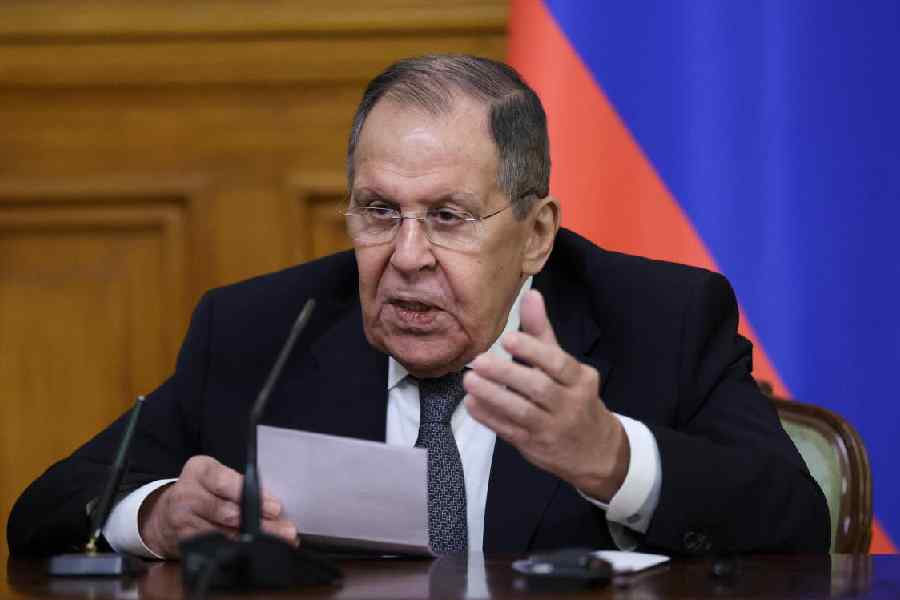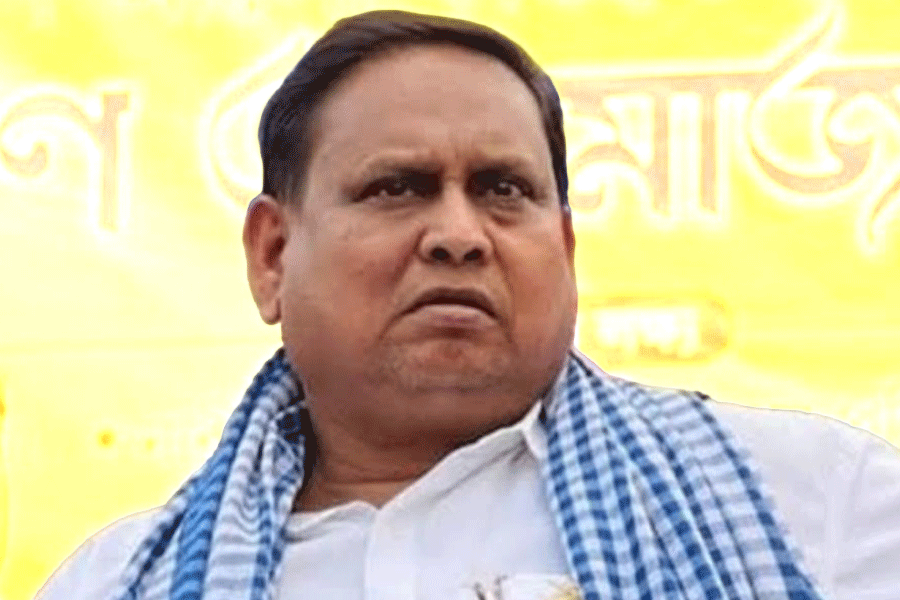New Delhi, Dec. 27: India is resisting a Russian proposal to explore ways to return to a rupee-rouble trade by bypassing the dollar.
Since President Vladimir Putin's visit last year, Russia has been trying to interest India with a rupee-rouble currency trade deal. However, the country is still unsure of the benefits of such a deal even as it has set up joint working groups to study the proposal.
Officials said the Russian officials took up the issue again with their Indian counterparts during Prime Minister Narendra Modi's recent visit to Moscow, but no commitments were made by India.
Russia maintains that a return to rupee-rouble payments by bypassing the dollar will make it easier to hedge against foreign currency risks and make Russian crude and defence exports more competitive for Indian buyers.
However, Indian officials fear that this will lead to Russia garnering a huge stock of rupees, which may complicate trade and currency valuations in the future.
Of the $9.4-billion trade between the two countries, Indian exports account for roughly a third of the turnover. Russia continues to run up a sizable trade surplus against India because it sells more crude and defence products.
In the 1960s, India had struck rupee payment deals with the Soviet Union for military hardware. However, the arrangement led to Russia being stuck with huge rupee balances as exports from India were a small fraction of their imports. India had agreed to a fixed rupee-rouble exchange rate.
The depreciation of the rupee in the 1970s and in 1991 made Indian goods cheaper for the Russians, leaving them with a larger stock of rupees.
Neither the finance ministry, nor the RBI wants a repeat of the 1990s rupee-rouble situation. Though an analysis by the joint working group of the central banks of the two nations showed that there was no serious regulatory obstacle to rupee-rouble trade, the RBI officials are not too keen on such a deal if the rate remains fixed.
Another major problem lies in the fact that the two countries have till now allowed only two banks from either sides to set up branches. However, Russia has more representative offices of its banks in India. Officials said the problem could be easily resolved by allowing more banks from either side or facilitating the development of foreign exchange trade.
Politically, India cannot altogether refuse to consider a rupee-rouble trade deal because at the fourth Brics summit in New Delhi three years back, the country had signed pacts to encourage trade in local currencies.
However, Indian traders do not want this to happen with either Russia or China. In any such swapping agreement, where "anchor" currencies such as the dollar are bypassed, the weaker currency gains.
The rouble has been in turmoil. From less than 30 against the dollar in 2012, it has fallen to over 70 by 2015-end. In comparison, the rupee has fallen far less from 54 against the dollar in December 2012 to 66 by 2015-end.
India would have ended up paying more for what it imported and receiving less for what it exported had it been trading in roubles.












